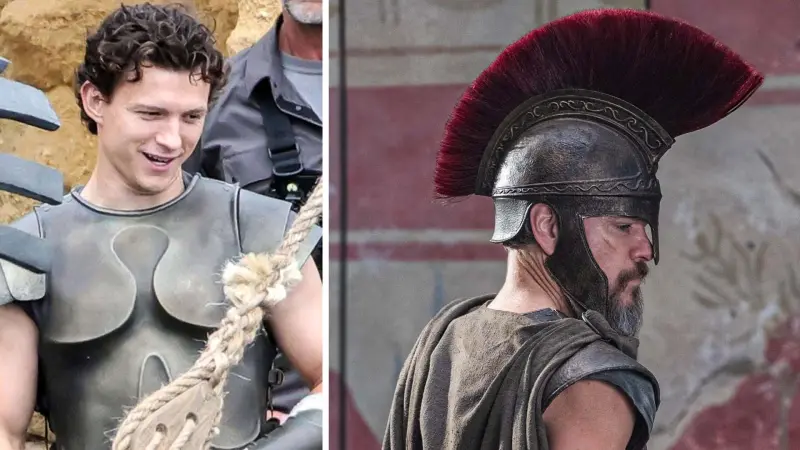The term "rainbow cups" refers to the gold drops that are said to descend to Earth at the end of a rainbow.
The motif of the four-pointed star surrounded by four arches is rare, as there are only three known Celtic rainbow cup coins with this design. (Image credit: © Photo Stefanie Friedrich, Archaeological State Collection (Munich))
According to the Bavarian State Archaeological Collection, a very rare "rainbow cup" coin made by the Celts more than 2,000 years ago has been discovered in Germany close to a river.
According to Bernward Ziegaus, a senior curator in the State Archaeological Collection's numismatic department who is analyzing the currency, the gold piece, struck in the second or first century B.C., has a unique design on one side that has a four-pointed star encircled by arches. The coin is curved like other rainbow cups are.
"The name rainbow cup coins come from the legend that they are drops of gold that fall to earth at the end of a rainbow," Ziegaus told Live Science in an email. "Another legend about these Celtic coins tells us that these coins can only be found by Sunday children," or a child of fortune.
"In fact, the finder was born on a Sunday and is indeed a Sunday child, a lucky child!" he mentioned.
The coin was found this spring on the Lech River in the southern state of Bavaria by the finder, who was working with state archaeologists. The location is around 45 miles (70 km) west of Munich.
The location is close to an old road, however it is uncertain how the 0.07 ounce (1.9 grams) coin ended up there. The Roman route Via Claudia Augusta crossed the Alps and originated in what is now Trento, northern Italy, according to Ziegaus.
"Perhaps the coin was accidentally lost along the way," he said.
The "heads" side of the 13 millimeter (0.5 inch) wide coin "shows a stylized human head with a large eye," Ziegaus stated. The nose and lips are shown as dots. According to a metal study, the currency is made up of 77% gold, 18% silver, and 5% copper.
The "heads" side of the rainbow cup Celtic coin that displays a stylized human head. (Image credit: © Photo Stefanie Friedrich, Archaeological State Collection (Munich))
With the star and arch design, there are only three known rainbow cups. Ziegaus remarked that it was challenging to interpret the motivation. "The star is perhaps a symbol for the four cardinal points, the arches are to be understood as signs for the horizon and the rising and setting of the moon."
The powerful warriors known as the Celts flourished throughout mainland Europe in antiquity and subsequently took over Rome. The earliest Celtic coins found in Bavaria date to the third century B.C., however Ziegaus claimed that Celtic coinage was abandoned after the Roman conquest of the area in 15 B.C. Roman coinage took over as the region's primary form of payment after then.
Even if it's just one coin, it's still a fantastic find. Because there have only been a very small number of specimens of this kind discovered thus far, according to Marjanko Pileki, a doctorate candidate at Goethe University Frankfurt studying the archaeology of coinage, money, and the ancient economy.
If additional rainbow cups are discovered nearby, "a picture of the [currency's] distribution can be drawn," Pilekić wrote in an email to Live Science.
The rainbow cup was given to the Munich-based Bavarian State Archaeological Collection by the coin's finder. It will go on permanent exhibit at the museum with other priceless Celtic coin artifacts in 2024 since it is "extremely rare," according to Ziegaus.








